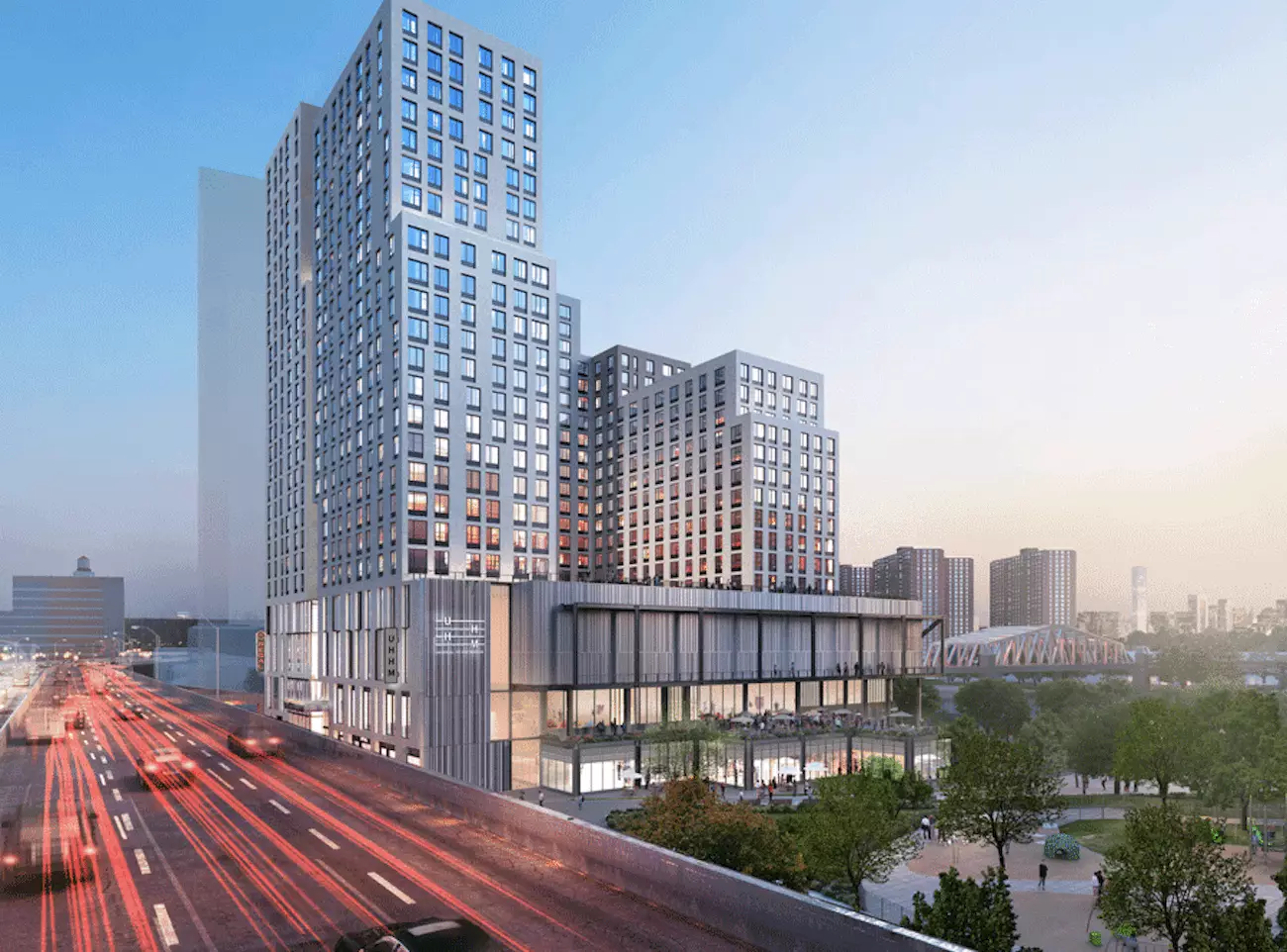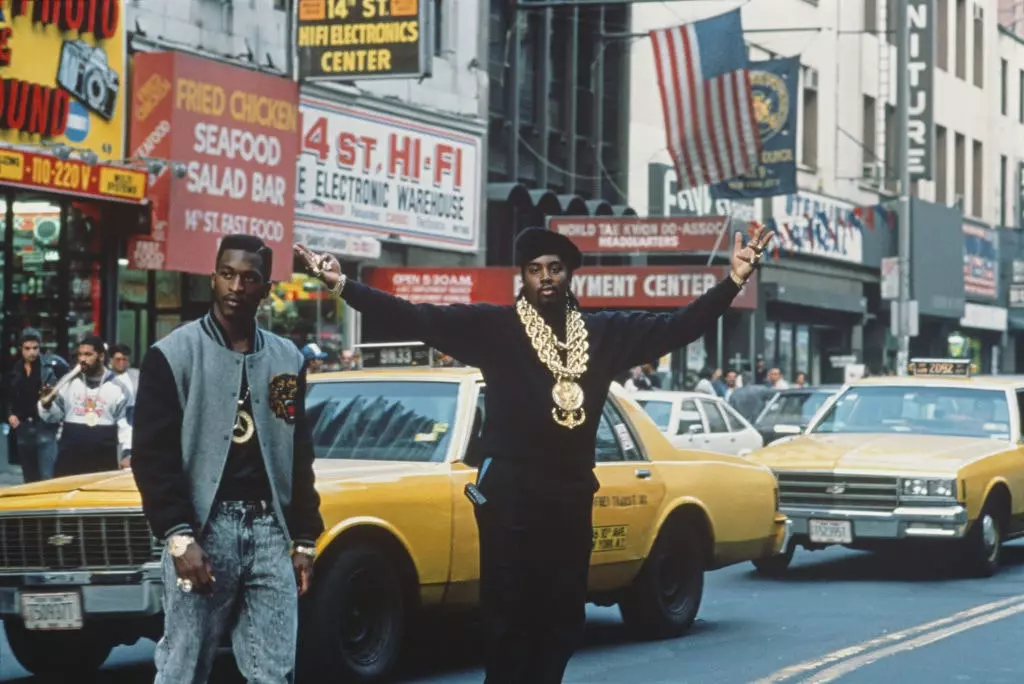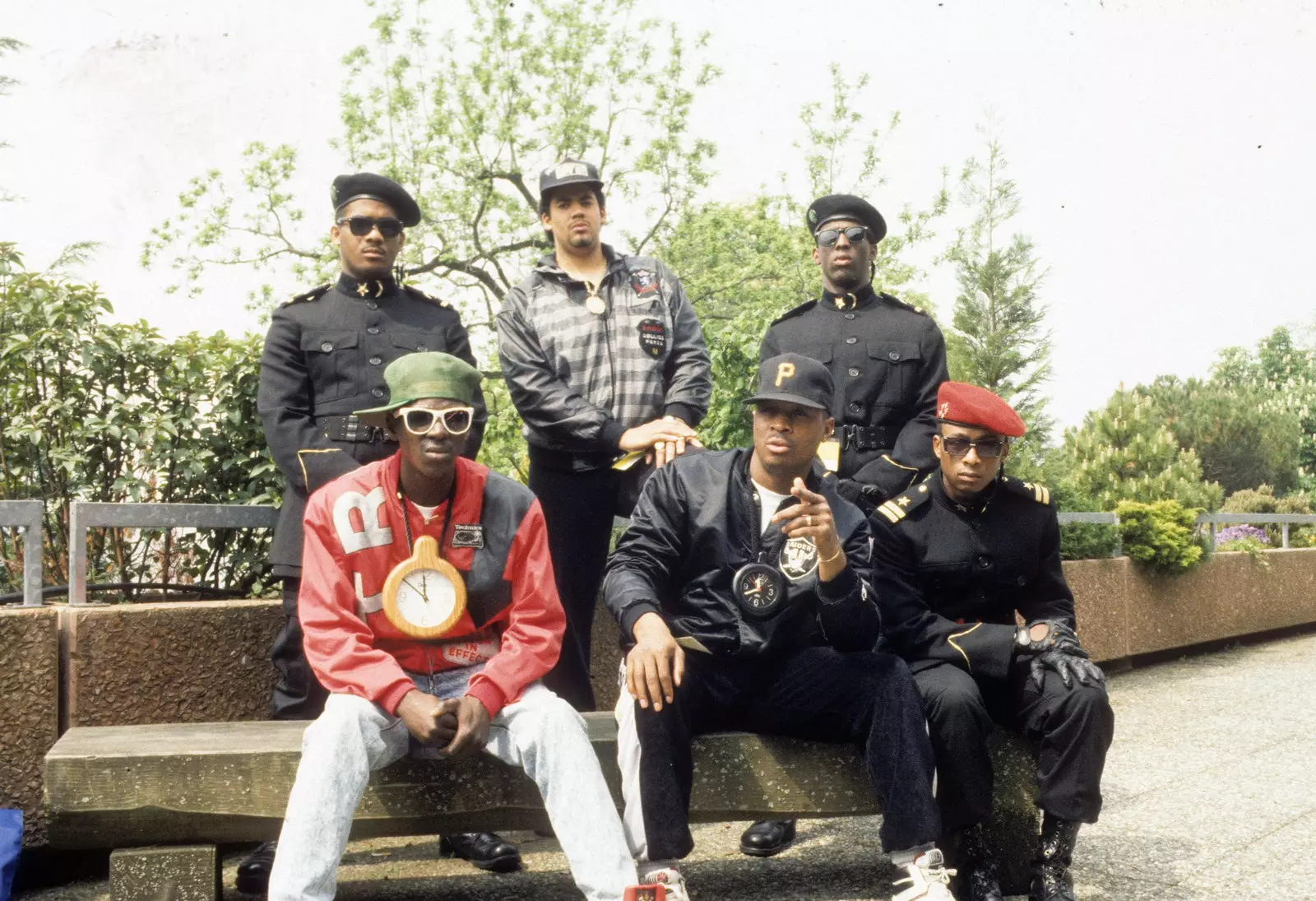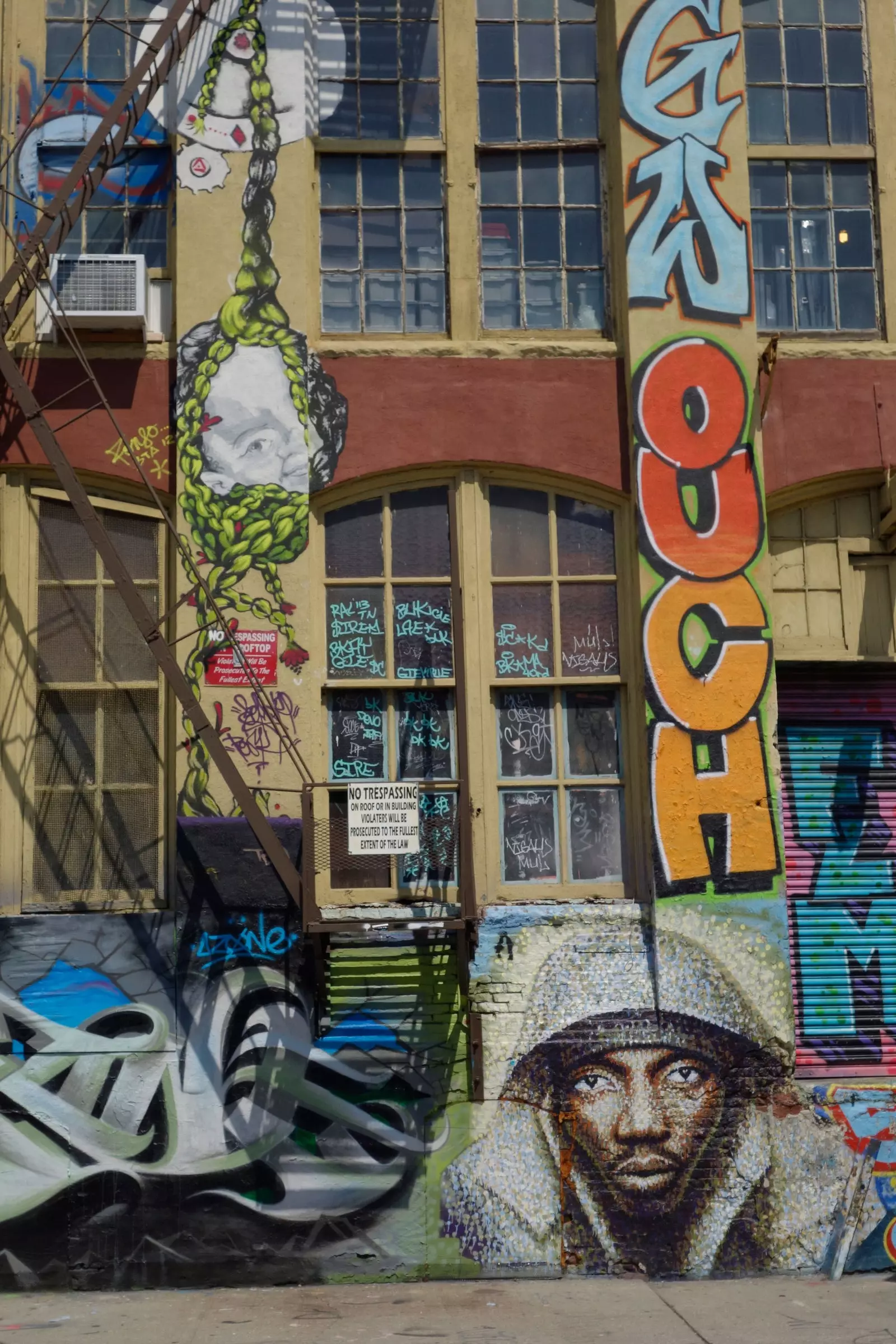
This will be the new museum of Hip Hop in New York
There is much to claim from one of New York's most battered districts by New Yorkers and tourists. For many, the headlines of the newspapers of the 70's. The city opened that decade at the gates of bankruptcy and the serious social and racial inequalities they stimulated the expansion of criminal gangs and drug dealings. The blackout of 1977 It was the straw that broke the camel's back and the images of looting and violence went around the world. The Bronx literally burned.
In that bubble the district continues for many visitors. Few talk about art deco hidden gems scattered along the avenue Grand Concourse , imitating the Parisian Champs-Élysées, or the history of its gastronomy from half the world and the tributes to street art. More attention is given to the Italian neighborhood of Arthur Avenue, better assortment than Manhattan , the Yankee stadium and the now famous stairs where the movie Joker was filmed.
Very soon there will be one more reason to explore this district of great contrasts and tired prejudices. Hip Hop will finally have its own cathedral and only a few blocks from the place where it was born.

Eric B. and Rakim in 1989
It was the night of August 11, 1973. Cindy Campbell she threw a homecoming party at an apartment at 1520 Sedgwick Avenue and commissioned the music from her brother, DJ Kool Herc. East young jamaican I had been practicing with a new way to click. Instead of using the two turntables to simply jump from one song to another, he played the same theme to repeat or lengthen the moments when people exploded on the dance floor. Thus was born this new way of scratching who planted the seed of Hip Hop.
It was an essential contribution of DJ Kool Herc but the culture of speaking and singing making rhyme has always been anchored in the African-American community. Dan Charnas, journalist and author of one of the most complete analyzes of the genre, tells us, The Big Payback: The history of the business of Hip-Hop . This musical form settled in the Bronx because there were many young people who had no money and lived in some conditions of brutal social and economic abandonment . Young African Americans and Puerto Ricans they created something new out of all that. Out of laziness came genius.
Like the neighborhood where he was born, the Hip hop he had to fight many misconceptions. The movement put a loudspeaker to one community ignored by the world and it took years for the music industry to finally pay attention to it. According to Charnas, this makes it a unique genre. Music in the United States, of any genre, is rooted in African-American culture . The great difference of Hip Hop is that it existed independently of the other genres, thus protecting its creators and, by having to build their own business, they maintained an equality that little is seen in other areas of the musical world.
Now we are used to the catchy themes of Drake, Kendrick Lamar and Lizzo, but his path to the podium was not easy. One of the most recent attempts to compress the origins of Hip Hop, with a certain Disney touch, was the Netflix series The Get Down , from the director Baz Luhrmann. Although the facts he describes are fiction, it is anchored in reality and one of its greatest merits is the social portrait of the Bronx and of the community of musicians that elevated this musical genre.

Public Enemy in New York
The Universal Hip-Hop Museum will tell his story with rigor and through its protagonists. Behind the project are rappers like Kurtis Blow, Afrika Bambaataa and Grandmaster Melle Mel, all born in the Bronx and direct witnesses to the impact of Hip Hop within the community. They have also recruited cultural ambassadors of the stature of LL Cool J, Ice T and Nas. The headquarters will have more than 5,000 square meters with spaces dedicated to interactive and immersive exhibits , live concerts, screenings and educational workshops. If you have always dreamed of being a DJ, now you will have the opportunity to the cabin prepared to record your dexterity with the dishes and you can also share the stage with your idols in the virtual reality theater. Although its backbone is, of course, music, the museum will also reflect the inspiration it has aroused on dance, art and fashion.
To make an impression, the museum has opened a pop-up called Revolution Hip Hop Museum that reviews, in an interactive and personalized way, the evolution of the breakbeat (that moment of the song in which the music breaks to follow the rhythm naked, without accompaniment). The exhibition occupies a whole decade and ranges from the 70s to the 90s. So that visitors can explore all eras, It will be rotary.
Also, the next September 21st , coinciding with the international Day of Peace , will take place Hip Hop 4 Peace . It is a live stream (as is the norm in times of the coronavirus) of 12 hours of performances and messages of peace from music professionals. It's a appetizer more to make the wait lighter.
charna concludes that the museum has to support an industry, now multimillion dollar, but also open its eyes to the environment in which it was born. It's not just about going to the Bronx or visiting the museum. In doing so, people have to go back to that moment in the history of big cities when their citizens were disposable. It was a terrible moment. And if it teaches us anything, it is the value of those lives and what people are capable of doing with the resources available to them.
At a time of maximum visibility of racism that permeates all levels of life in the United States (not exclusively) and championed by the Black Lives Matter movement , this great tribute to Hip Hop and its musicians could not come at a better time. It is time to visit the Bronx with different eyes.

Hip Hop in the 80s and today even on the walls
